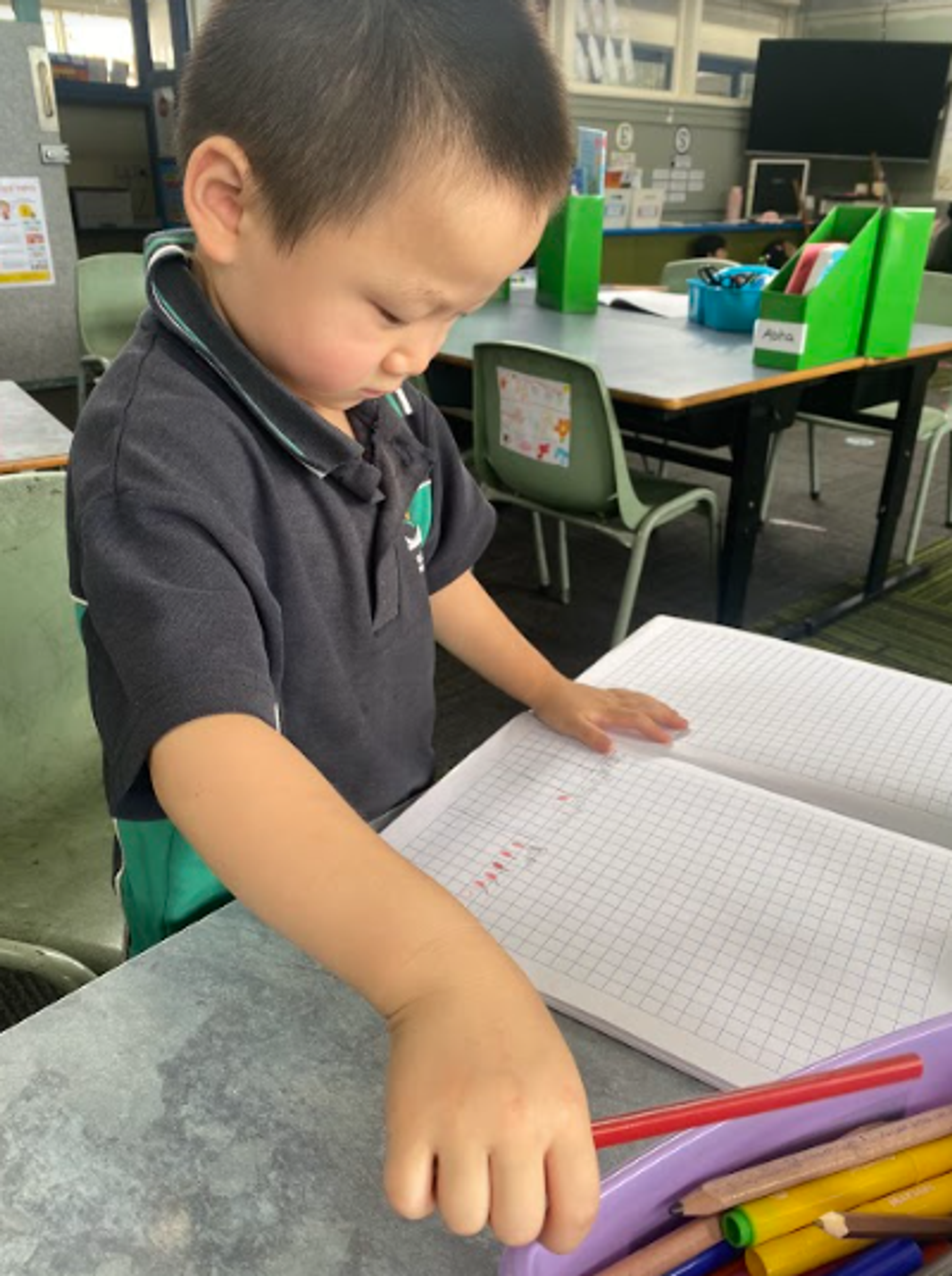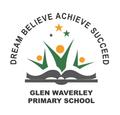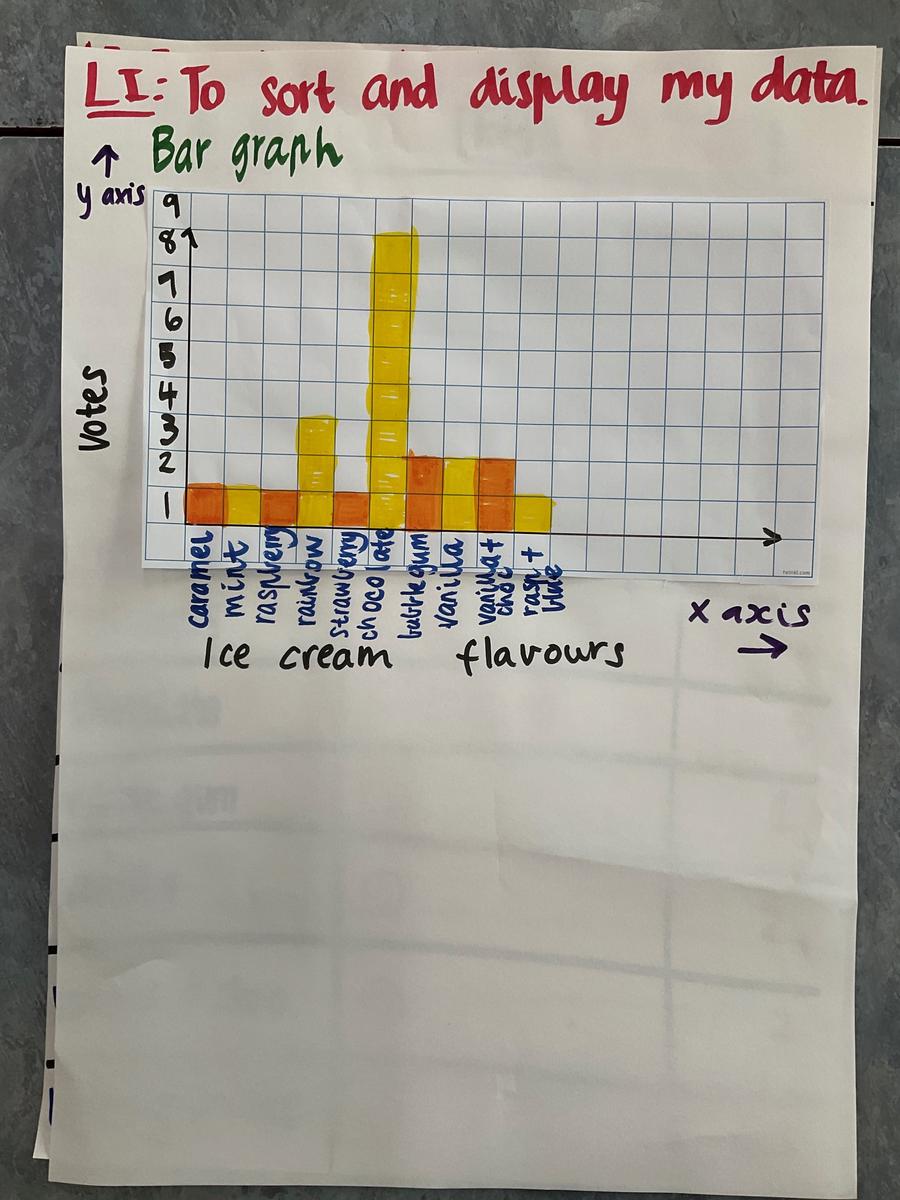Mathematics

In Term One, students will focus on the Mathematics curriculum strands, Number and Algebra, and Statistics and Probability. Learning and teaching will be underpinned by our Whole School Approach to Mathematics, SURF. We will develop a rich understanding of the four strands; Problem Solving, Understanding, Reasoning and Fluency. Students set individualised goals and continually build strong connections between concepts and effective strategies throughout the term to progress in their learning.
To begin the term, students will explore ‘Data Representation and Interpretation’ by collecting, sorting, presenting and interpreting data. This enables students to learn about each other by applying Mathematics as a tool in real life situations. Later this term, learning will be centered around the mathematical ‘Big Idea’ of ‘Trust the Count’. This is an essential concept that builds a secure foundation to progress to mental computation and problem-solving skills. Additionally, students will develop their understanding of ‘Place Value’ by exploring different ways to represent numbers. They will utilise a range of strategies including: physical objects, images, equations and mental strategies to develop flexibility and confidence with numbers. Throughout the unit, students will explore how numbers can be represented and broken down into their parts. There will be a strong emphasis on the importance of explaining their thinking and justifying their chosen strategy.
To support your child’s Mathematics learning at home, you could:
- Explore flexible ways to make numbers from 1-10. E.g., 8 is ‘double 4’ and ‘four groups of 2.’ It can also be ‘3 + 5’ or ‘1 +7’.
- Count collections of common items, such as stationery, pieces of fruit in a bowl or books on a shelf. Ask, “How many are there?” “How do you know?”
- Discuss how numbers can be represented and partitioned into tens and ones. E.g., 17. There are 1 ten and 7 ones.
- Choose a number and identify 1 more, 1 less, 10 more and 10 less. E.g. 1 less that 27 is 26, because I counted back, or I took one object away and there are 26 objects left’.
- Practice using tally marks to count and collect real life data such as the different colour of t-shirts at home.


